TURK'S FACTORY X PRI DISPLAY COMES AS PART OF ONE HELLUVA LIFE EXPERIENCE
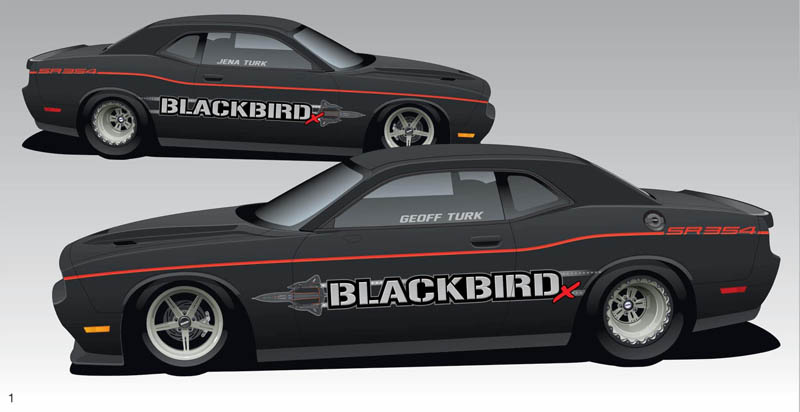
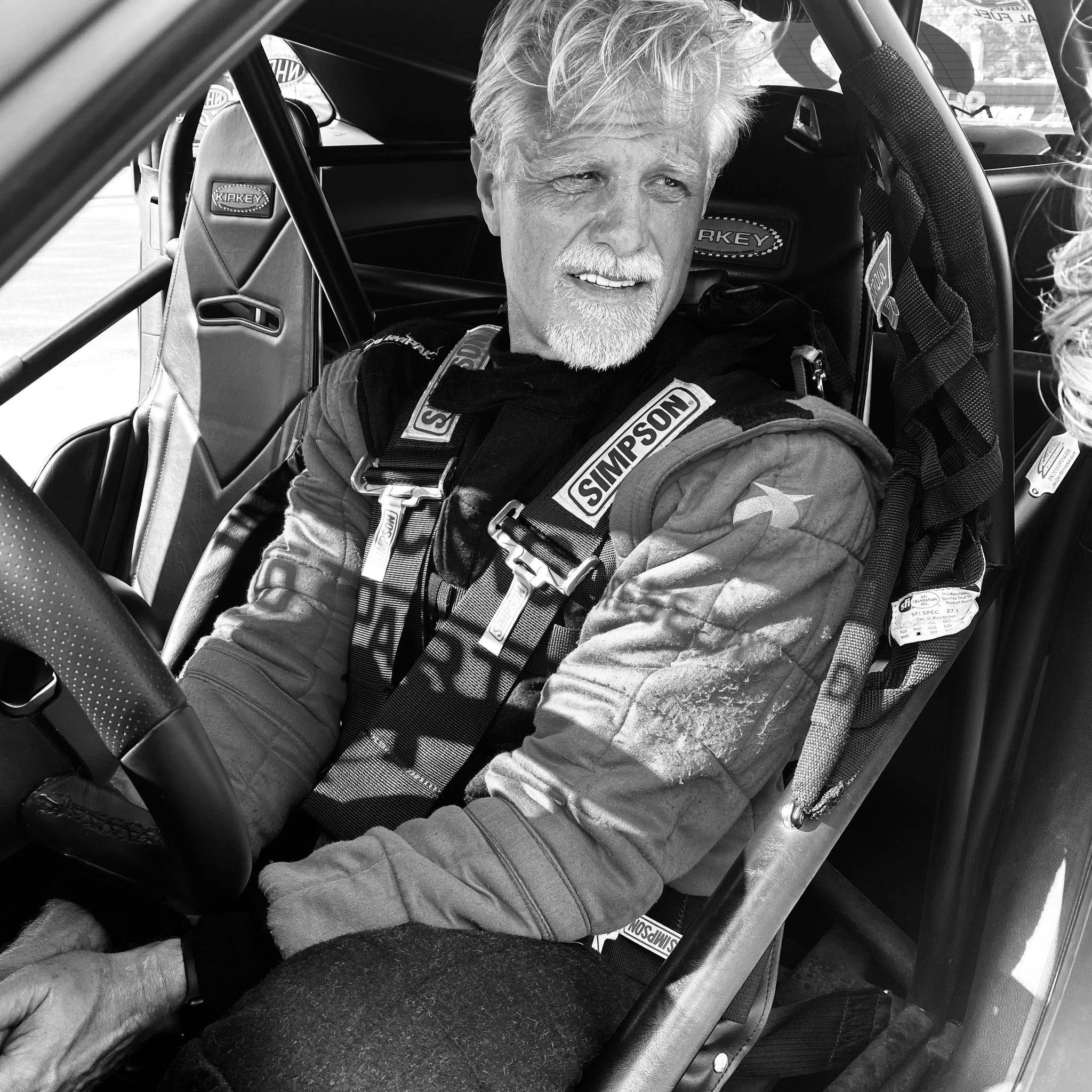 Geoff Turk's stepdaughter Erin probably summed it up the best when she told him one night at dinner, "You're either a pathological liar, or you've had a hell of a life."
Geoff Turk's stepdaughter Erin probably summed it up the best when she told him one night at dinner, "You're either a pathological liar, or you've had a hell of a life."
Turk was taken aback by the teenager's assessment and responded, "Well, I'll be honest with you, I don't have a good enough imagination to make this stuff up, so it has to be real."
Turk's road to having the initial Factory X car on display during the 2022 PRI Show has more twists and turns than Jason Bourne's action-adventure movies with all the entertainment value of Forrest Gump.
Turk understands with his new Factory X car on display, he stands to be the initial face of the class. It's a notion he dismisses but one he's proud to wear.
First, let's get the Factory X chapter out of the way.
"I think it's a fantastic opportunity," Turk said. "I was excited when I first heard about the prospect of the class; I was in the process of building an [NMCA] Ultra Street car because I wanted to go do something different than the Factory Stock Showdown, which I'd been doing for several years."
Turk had essentially given up on the Factory Stock Showdown primarily because of the unpublicized 7.50 limit that accompanied the class. This was as quick as the cars could legally run on the SFI chassis specs. RELATED STORY: NOTED DRAG RACING HISTORIAN SEES FACTORY STOCK SHOWDOWN AT A PIVOTAL CROSSROADS

"I wanted to move on to something else in drag racing and go faster," Turk admitted. "I was working at Holley, and I had a bunch of young guys on my team that were into the small tire radial stuff and pretty much one of the younger guys who was an Ultra Street guy told me Ultra Street or Extreme Street told me that I couldn't handle it.
"That was a different thing. I said, 'We're running radial tires on those cars? It's a slick, yeah? It doesn't have two little cuts in it, but I'm going to come over there to Ultra Street and kick your butt. I started down a path of building an Ultra Street car with Darren at B&B Race Cars."
No sooner had Turk begun navigating this path did the chatter begin about a new class NHRA was proposing to take the Factory Stock Showdown to the next level. Chassis specs would permit cars to run in the low six-second zone.
"I started fishing around and ultimately, just point blank, asked (NHRA National Tech Director) Lonnie Grim, 'Is this really going on? Are you guys talking about this?'
"He said, 'Yeah, we are. Would you like to have some input on the class, and would you be interested in running it?'
"I said, "Yeah, heck, yes." I started talking to Lonnie regularly about the class and my thoughts on it. And that went on for a long, long time because they went and gathered a lot of input from a lot of different people, and of course, they were trying to thread the needle and make everybody happy."
Turk canceled his Ultra Street build and began focusing on the Factory X car once NHRA officially announced the class would happen.
"I could tell you that part of what's appealing about it is not knowing whether I'll be any good at it at all," Turk explained.
RELATED STORY: NHRA'S GRIM EXPECTS FACTORY X CARS TO BEGIN TESTING OVER THE WINTER
 History will show that Turk should have as good of a chance as any based on his track record. He was part of the team that led to Leah Pruett's Factory Stock Showdown championship, and he also won his own title in the 2018 Holley EFI Factory Super Cars NMCA crown. He was the first to put a Factory Stock Showdown car into the seven-second zone.
History will show that Turk should have as good of a chance as any based on his track record. He was part of the team that led to Leah Pruett's Factory Stock Showdown championship, and he also won his own title in the 2018 Holley EFI Factory Super Cars NMCA crown. He was the first to put a Factory Stock Showdown car into the seven-second zone.
When Mopar essentially handed him his pink slip at the end of 2018, he was successfully courted by Ford's Cobra Jet program to not only race under their umbrella but also help Blue Oval royalty, Carl Tasca.
"Mopar pretty much said, 'We think we got this figured out. You can do whatever you want. We're not really going to help you much anymore because we don't need your help,'" Turk admitted. "Fifteen minutes later, the Ford guys were at my trailer going, 'You want to run a Cobra Jet? Would you help us on the Cobra Jet program?'"

Turk said the move from his proven Mopar program to the new Ford approach was a hard sell to his then-wife Sandy, whom he described as frugal.
"It was like, 'This is crazy, you spent all this time and money optimizing these Dodges helping DSR and Leah win her championship, and you win your championship. Now you're going to switch to a whole new car, and it's a very different engine?'
"She wasn't a gearhead but knew enough to know a Cobra Jet and Coyote were very different. I said, 'Yeah, I want to prove I can do it.'"
Sandy had missed most of the 2018 season because of cancer treatments, but when Turk considered the transition, her cancer appeared to be in remission.
Turk performed at the top of the game in the Cobra Jet, proving his success in the Mopar had nothing to do with perceived special parts or rules treatment.
 Sandy's cancer returned three races into his Ford deal.
Sandy's cancer returned three races into his Ford deal.
"That took me down a different path in life," Turk said. "So I parked the cars when it looked like she wasn't going to make it, and there wasn't much anybody could do about it. It had gotten that bad."
Turk went to Sandy with a proposal one afternoon.
"We got two Factory Shootout cars in the garage [I told her] 'You never got to go on a pass,'" Turk recalled. "'We got two seats in each one, the Cobra Jet's ready to run. We haven't run the Challenger for a little while, the Blackbird, let's go ahead and run down the track. I'll strap you in the other side, and you can make some seven-second passes with me.'
"She said, 'I'm all about that. I want to do that.'
I said, 'Well, I'm going to go ahead and get the Cobra Jet ready.
"It's pretty much ready because I was getting it ready for the next race in the series in 2019 when her cancer reappeared, and she said, 'No, I want to go In the Blackbird.'"
Not long after the outing, Sandy passed away.

Most of Turk's life decisions have come at crossroads in his life. Before Sandy got sick, he had been in talks with Holley to become the company's Chief Operating Officer. He declined the job citing family priority, and the leadership at Holley told him they would save the spot for him.
"After she passed, I moved down here (to Bowling Green, Ky.) and took the job at Holley, and all that stuff happened; I sold the Cobra Jet and kept the Blackbird."
It was another one of his crossroads that led him to drag racing in the first place.
For as long as Turk could remember, he wanted to be a jet pilot, a fighter jet pilot, to be exact. His eyesight had issues that sent him in a different direction.
Turk's older brother Don, 16, had two cars -- the Duster he showcased on the street and the '66 Pontiac Tempest he raced on the street.
"We were pretty poor," Turk recalled. "We were often in the middle of the driveway out there working on this thing, and I'm like, 'What are you doing with this car?'
"He's like, 'I'm going to turn this into a race car; we're going to go racing. I'm like, 'Really? This is going to be a race car?'
"When I found out my eyesight was crap and I couldn't fly jets, I walked out in the driveway about a week later, and he was working on the car. I said, 'You need to teach me how to work, work on these cars, make me go fast, because I can't go fast in the air now.'"
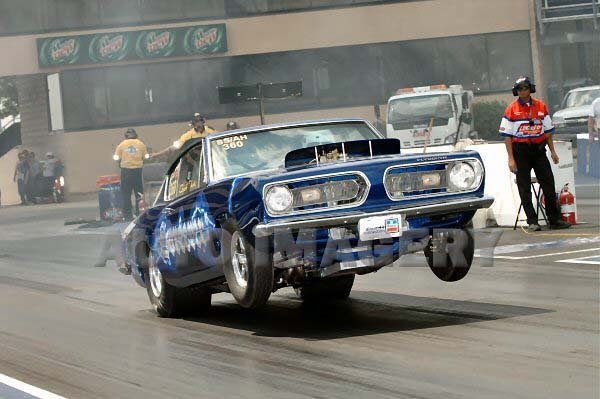
Turk channeled his anger into becoming a sponge of all things auto mechanics.
"My big brother had a soft spot for me every once in a while," Turk admitted. "He looked at me and said, 'I'll teach you how to work on cars.'
"I started working on my brother's Pontiac; that's how I got into drag racing. But he had this '71 Duster on the street, and I thought, 'Why the hell are you racing a Pontiac? You should race Mopars.'
"I got a line on a '69 Dodge Charger that somebody had worked on and done a bunch of work to but couldn't make it run. It cost me $450. I was 15 years old and was like, 'Man, I need this car. It'd be my race car.'"
And just like that, Turk had a race car before he had a street car.
"I bought that and started racing with my brother every weekend, driving," Turk explained. "I'd been crewing on his car, and we acted like we were professionals and helped him do burnouts. And we went down there and tried to win at the bracket track. I got my Charger out and started going down the path of being a racer. That's how I got the bug and became a gearhead and a racing guy."
 Little did Turk know that cars would be more than just a replacement for airplanes, but rather would become his destiny -- and, in some aspects, probably saved his life.
Little did Turk know that cars would be more than just a replacement for airplanes, but rather would become his destiny -- and, in some aspects, probably saved his life.
"As much as things in life sometimes turn out very differently, sometimes they take you to someplace you never expected you'd go, and I see all the dots connecting," Turk said. "I'm completely aware of the fact how blessed I am. This isn't something that works out as it has for me in life. My brother and dad bet when I was 16, 17, and I was pretty rough around the edges that I probably wouldn't make it to 21. I never got out of them which one bet against me and which one bet for me, but they literally bet I wasn't going to make it."
At another crossroads, an educator helped him advance his automotive pathway.
"I grew up in a really rough part of a really rough city in central Illinois called Decatur, which is not a real pleasant place, and I was in the really unpleasant part of it, and I wasn't very tolerant of people hurting other people and put myself between those things sometimes and in ways that got me hurt pretty bad.
"The bottom line is to go from that to sitting here talking about building a $300,000 race car is crazy to me, but it's how my life turned out. I'm incredibly blessed. I was blessed to come down here back to Bowling Green, where I came when I was 18. Even how I got down here is a crazy story.
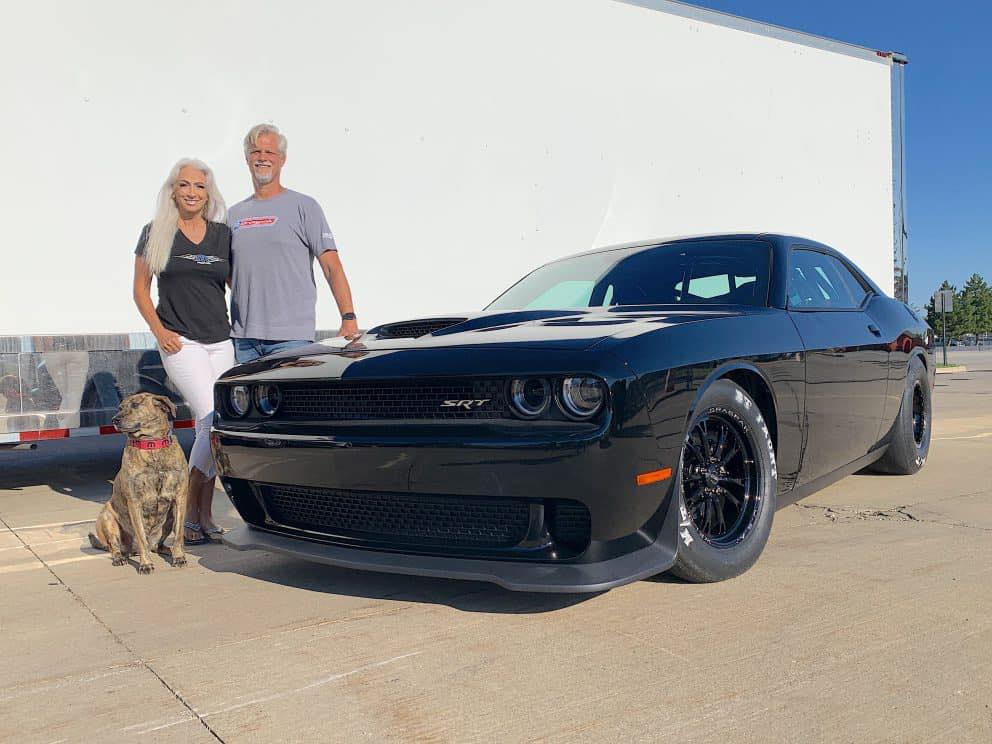
"I wasn't going to go to college, and my high school principal, who knew I'd been in and out of trouble but had a pretty good brain that could do math and science pretty well, told me about this engineering school called General Motors Institute. At General Motors Institute, you work in a GM plant for three months. You go to school for three months up in Flint, Michigan, which is kind of like a Decatur, Illinois, in Michigan -- not a nice place.
"I went three months to work, three months school, three months work for five years, wrote a thesis, got a bachelor's degree in engineering. It turns out it's GM's West Point, but you got to get a job at a GM factory. ... Back then, GM paid for it all and paid you to work, so it was free. I didn't have any money and didn't want to borrow money to attend college. That was the last thing I wanted to do. I got accepted academically. They sent me to a foundry in Danville, Illinois, which is a big GM foundry. And I'm like, 'My dad works in a foundry. I don't want to work in a foundry.'"
Turk got moved to the GM Electromotive division, where he believed they made wiring harnesses. On a shop tour, he then realized the plant was making locomotives.
"I called back up to Flint, I said, 'I'm a car guy. Part of the reason I want to go to General Motors, too, is that I want to work on cars. Can I get a job in a car factory?,'" he recalled.
"They said, 'Well, we try to keep you in the same state you grew up in.' I'm like, "I don't care if I'm in the same state I grew up in.'"
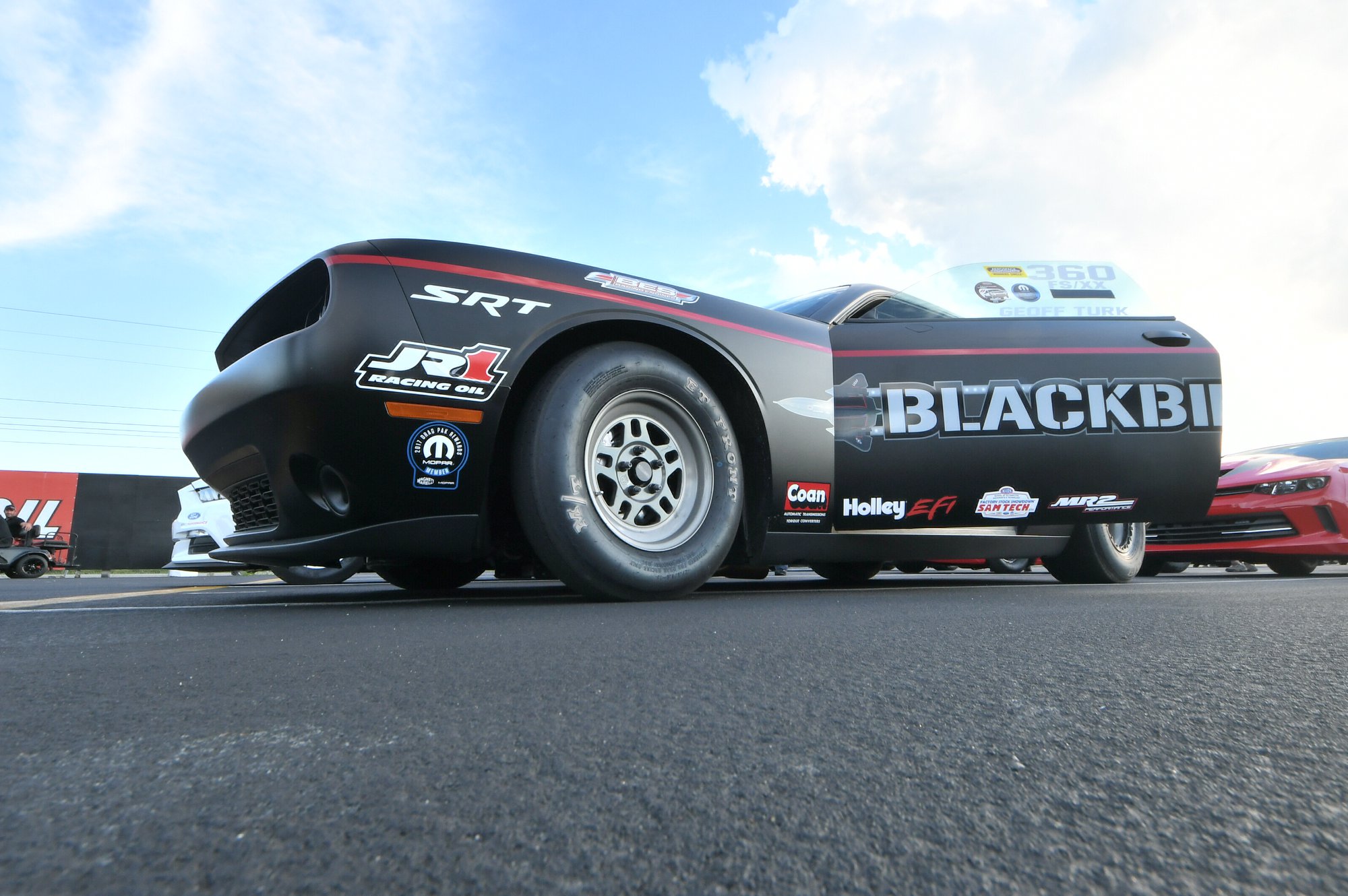 It just happened that Turk and his brother had to drive back down to Bowling Green to give his deposition in a lawsuit from an automobile accident.
It just happened that Turk and his brother had to drive back down to Bowling Green to give his deposition in a lawsuit from an automobile accident.
"That guy sued him, and so State Farm's Insurance Company made him come down here and give a deposition," Turk said. "On the way home, he drove by this shiny blue factory that had a big sign out front that said the new home of Corvette. So I was fighting to find a job and get a car job with General Motors Institute. I was excited about going to school, but I wanted to work in a car factory.
"So I called the Corvette factory that was just getting started, and I said, 'Hey, do you guys want GMI students down there?'
"They said, 'Yeah, we're looking for a couple. Are you interested?" I said, 'Yeah, I'll be down for an interview.'"
Interestingly enough, Turk drove his dad's old Ford pickup, one that was apparently on its last leg.
"I barely made it down here for this interview at Corvette and got a job," Turk explained. "So I bought a mobile home to live in because you've got to live here three months, go away three months, come back three months, and that was the cheapest way to do that. So I lived in a mobile home in Bowling Green from the time I was 18 until 23."
Turk went on to attain extensive senior-level experience in operations, R&D, and acquisitions with U.S. Steel and Caterpillar.
So when you see Turk's sleek Factory X car on display at the PRI Show, understand it's been a long and strange journey to get to this point, and long before the Dodge Challenge went on the chassis jig, this plan was put in motion through a series of crossroads and opportunities.
"It's kind of cool how that all circles back on itself, but I don't doubt every night when I get on my knees and pray where it comes from," Turk said.











































